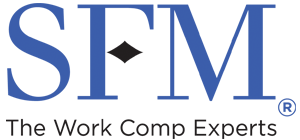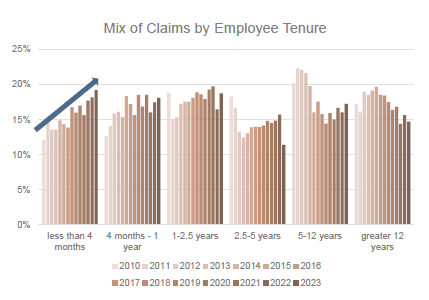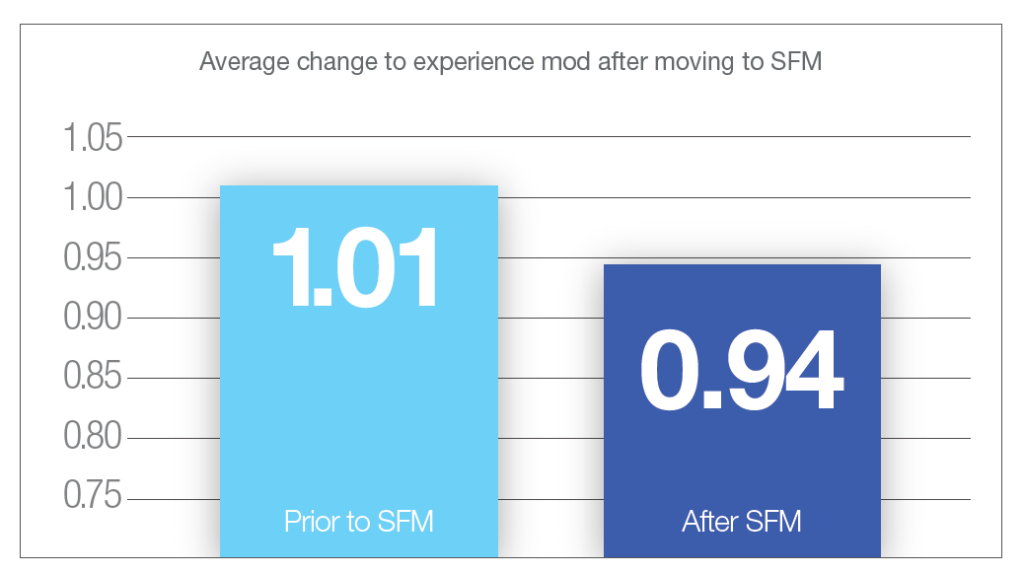Written premium continues to increase in SFM’s core states during the outset of 2024.
The first few months of the year continued the momentum of 2023, when SFM saw its market share increase in all its core states (with the exception of Minnesota, where SFM remains No. 1). There were also notable spikes in two of SFM’s newer markets, Indiana and Tennessee.
Longstanding partners can attest to the fact that SFM believes in steady, measured growth. Recent successes across the enterprise underscore the wisdom of this approach, bringing value to both established partners and newly appointed agents.
SFM’s carrier ranking in its top five states, based on 2023 written premium:
- Minnesota – 1
- South Dakota – 3
- Iowa – 6
- Nebraska – 8
- Wisconsin – 12
Meanwhile, SFM has seen significant jumps in Kansas, Indiana and Tennessee since 2019.
The latest figures come from regular industry reports issued by SNL Financial. SNL, a data analytics firm within the S&P Global organization, issues an annual insurance industry study that compares market share and ranks carriers within each state of operation.
“Today, 43 percent of SFM’s business is from outside of Minnesota. SFM is proud of our sustained success in recent years, especially in our newer markets,” said Mike Happe, Senior VP and Chief Marketing Officer. “In addition to expanding the lead we’ve held in Minnesota for over 20 years, it’s great to see that the majority of our growth is coming from our other core states.
State highlights
As SFM continues to gain a foothold in its newer states, the results have been striking.
For instance, this year in Indiana SFM has written 22% more new business than last year. Tennessee is up 46%.
“Agents are getting to know us and appreciate what we offer,” said Mark Lewis, Small Business Marketing Representative. “We are seeing strong results as SFM’s reputation for unmatched customer service continues to permeate our new markets.”
Future growth
The new relationships SFM has built with agents over past few years have contributed to the company’s success in its new and core states.
“We’re pleased to have continued annual upticks in our market share,” said Business Development Specialist Cody Allen. “Thanks to the support and efforts of our strategic partners, as well as referrals from existing agencies in our other states, we’ve quickly built up a solid agency force and new business is exceeding our expectations.”
Allen went on to point out that SFM is actively working to recruit new agency partners, welcoming additional referrals throughout its expanding territory. If you know any agents who would be interested in learning more about working with SFM, don’t hesitate to refer them to Allen. He can be reached at 952-838-4207.
Read more Agent Agenda articles



